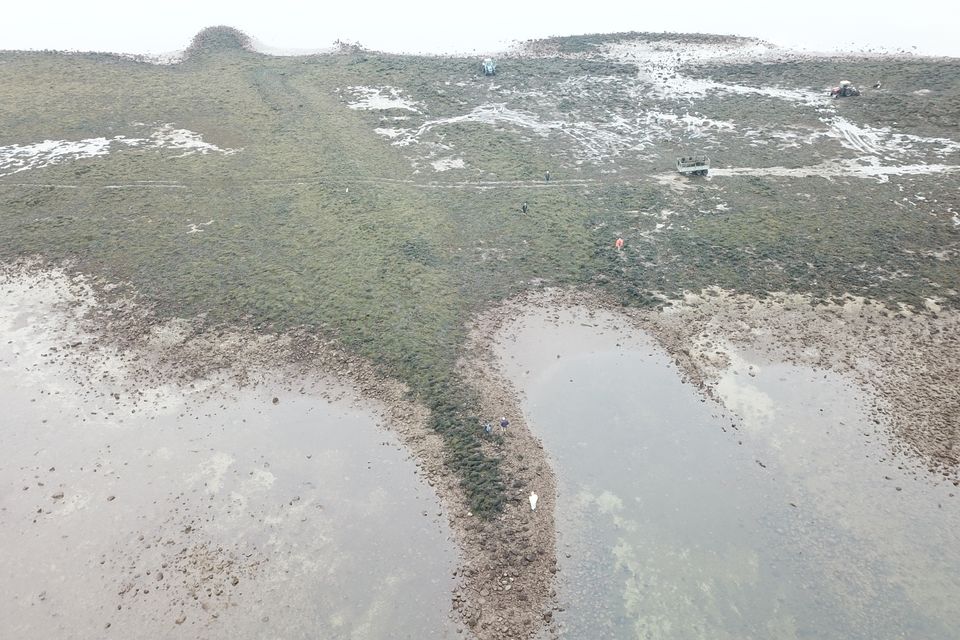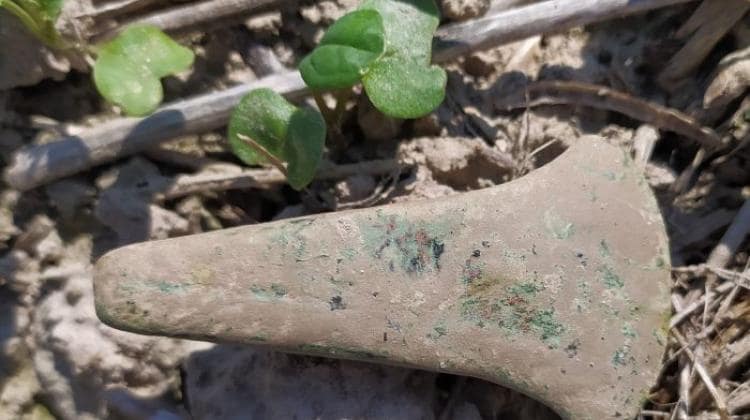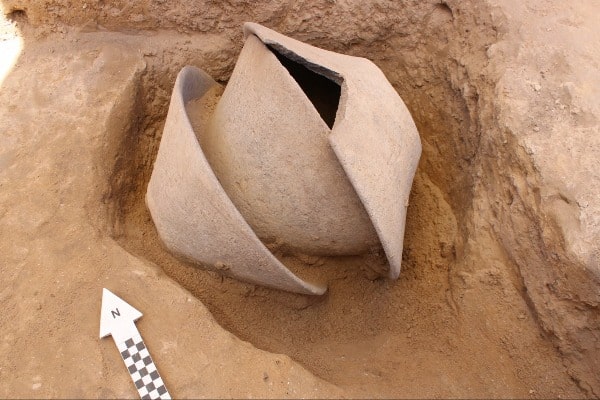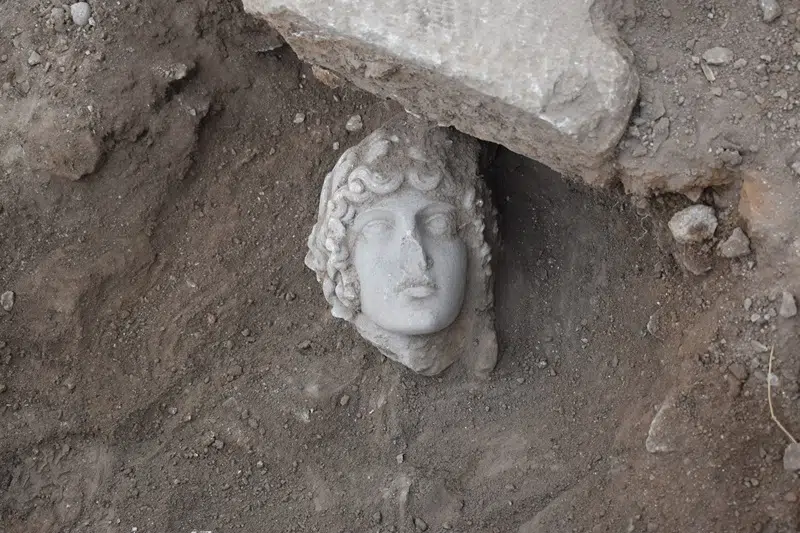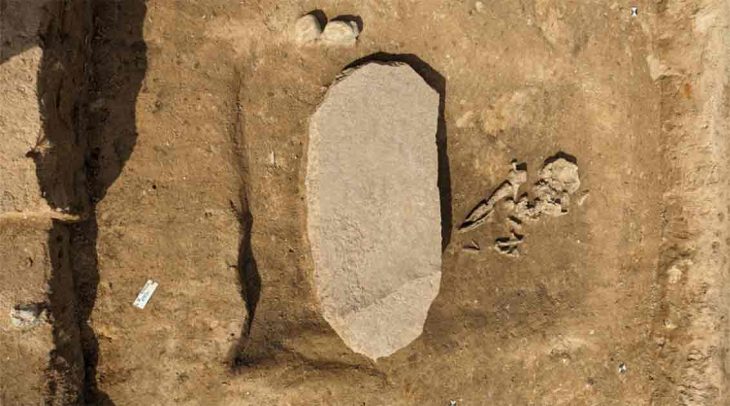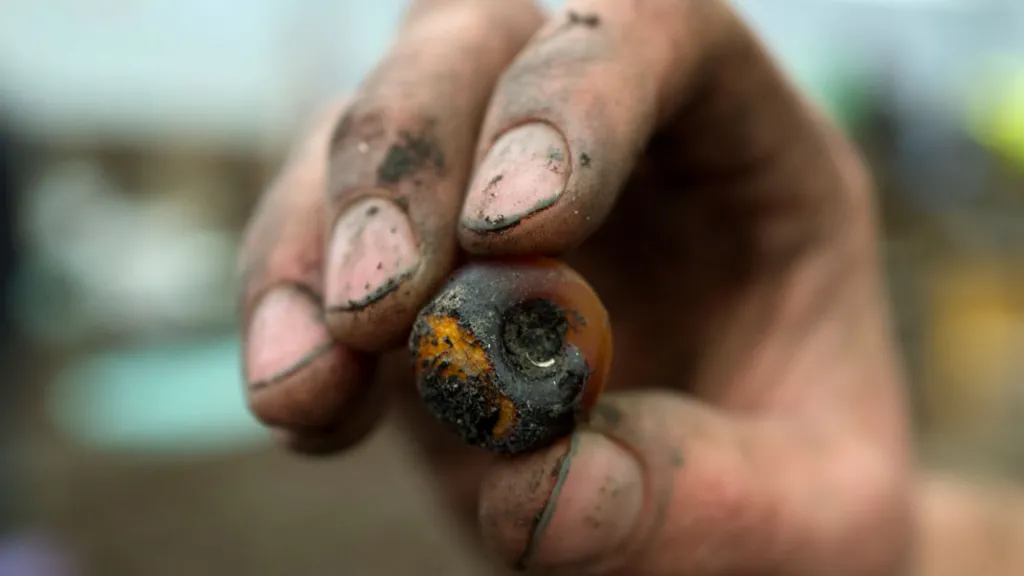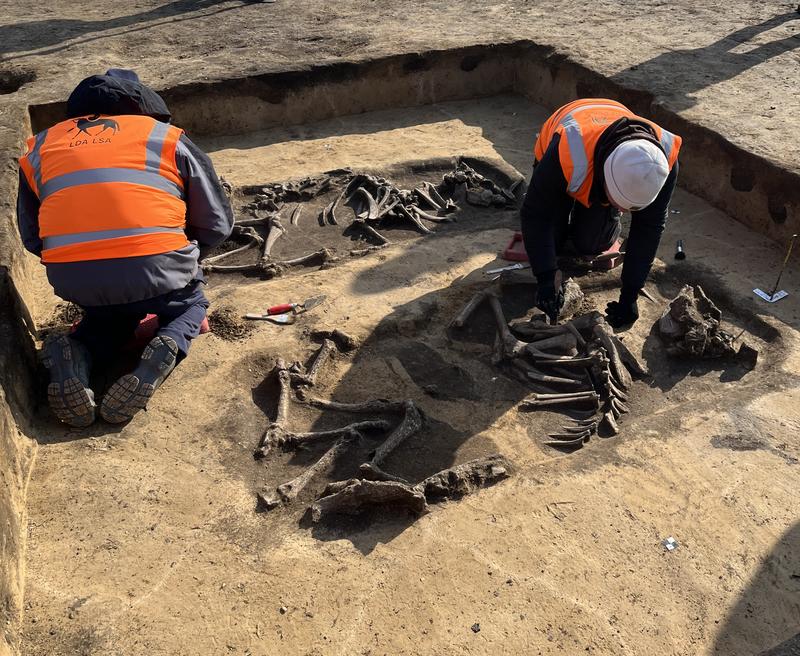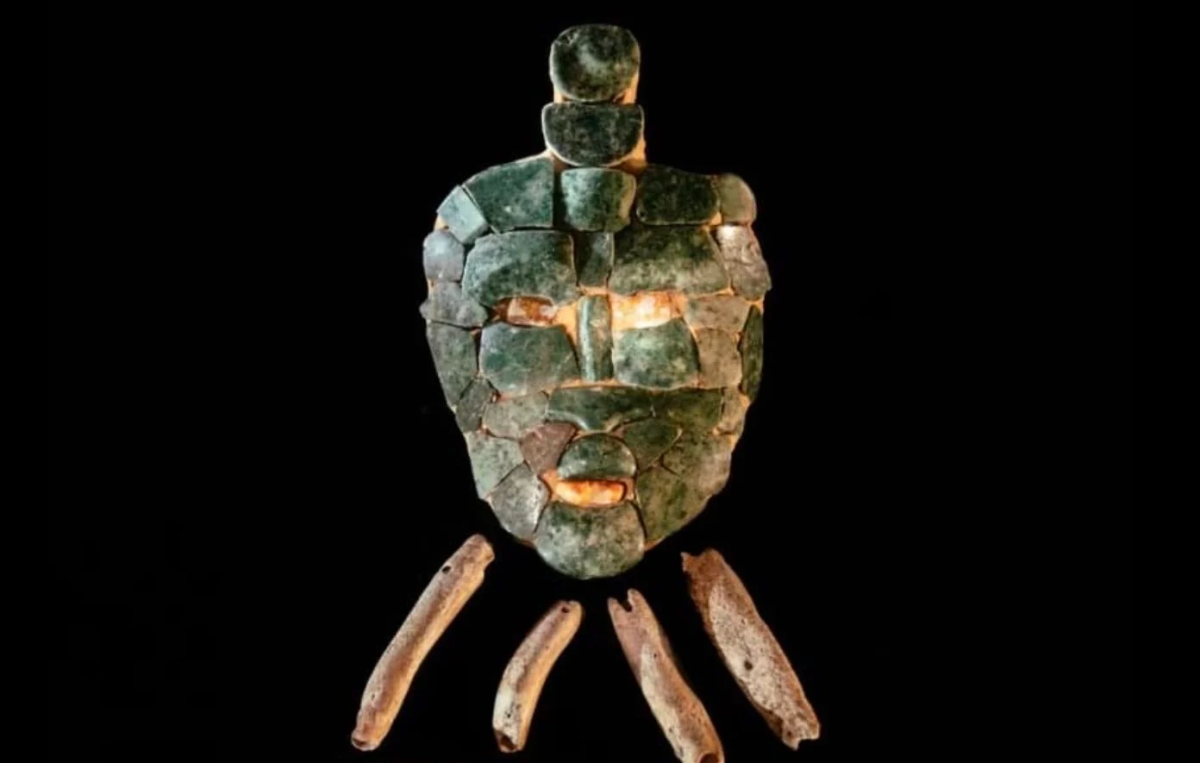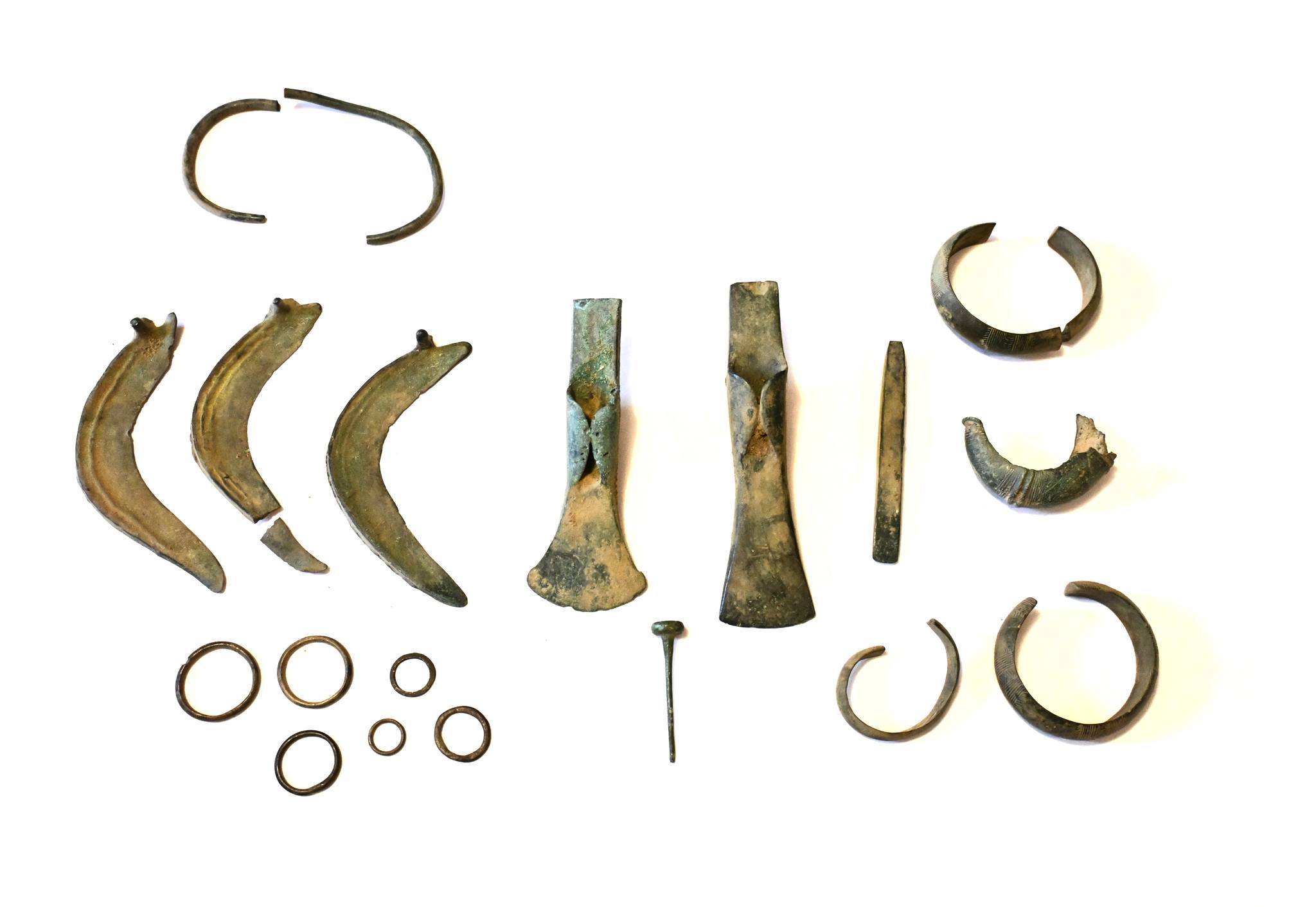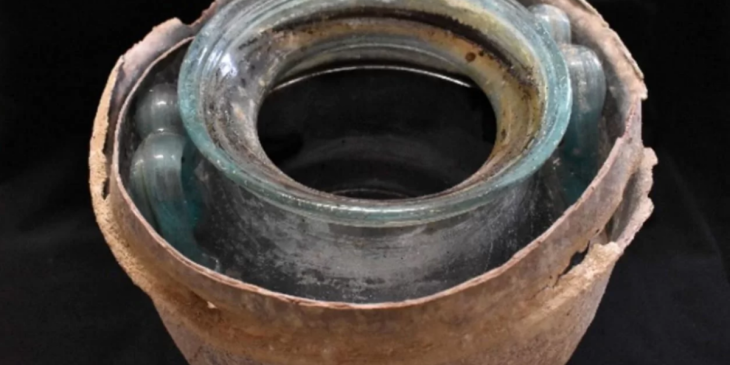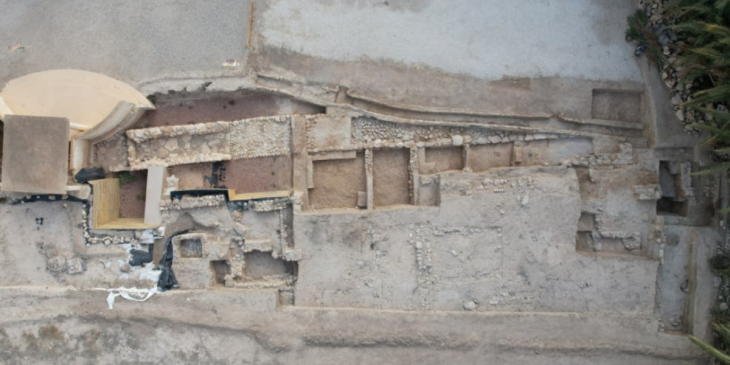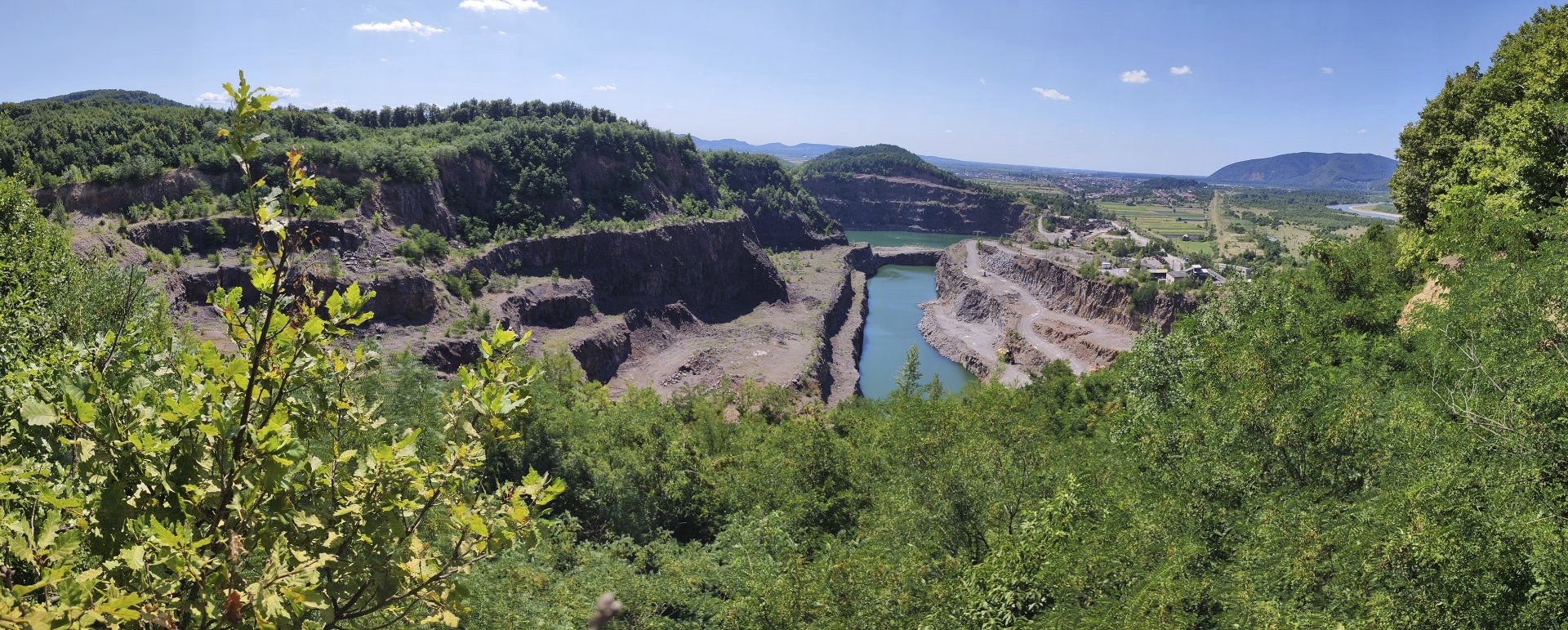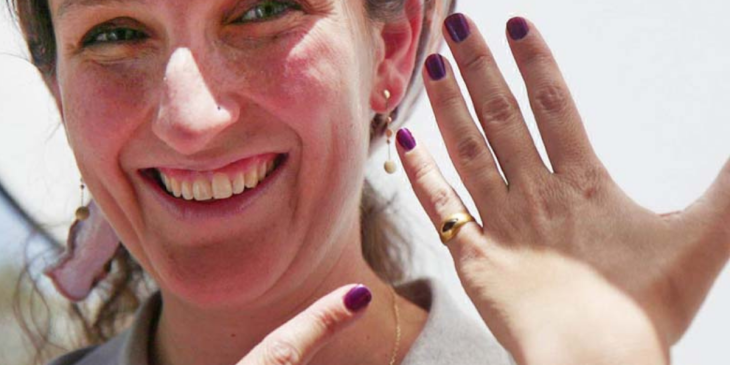In 2004, during construction work in the eastern cemetery of the ancient Roman city of Ovilava (now Wels in Upper Austria), an extraordinary tomb was discovered.
At first assessment, experts also thought it was an early medieval double tomb of a married couple and a horse due to the unusual features of the grave.
20 years later, using the most modern archaeological technologies, the biological sex and family relationships of the tomb’s inhabitants were clarified.
The study team, led by anthropologist Sylvia Kirchengast and archaeologist Dominik Hagmann from the University of Vienna, also managed to date the tomb to the 2nd to 3rd century AD.
The results were published in the Journal of Archaeological Science: Reports.

The research, which used bioarchaeological and archaeogenetic methods, revealed that the tomb, initially thought to be from the Middle Ages, was 500 years older, dating from the 2nd to 3rd centuries AD, and could therefore be assigned to Roman antiquity in Austria.
Osteological studies and ancient DNA (aDNA) analysis revealed biological sex and also suggested a familial link between the two human individuals. Radiocarbon dating ultimately enabled a more precise temporal classification of both human and horse skeletons.

Dominik Hagmann, lead author of the study, said that in Roman times, graves where people were buried next to horses were very rare. But what is even more unusual is that this is the first burial from Roman antiquity in Austria, and that through genetic analysis a biological mother and her biological daughter buried at the same time can be clearly identified. This makes our results particularly exciting.
“In summary, our investigations showed that the burial belonged to two biological women – a mother, probably aged 40 to 60, and her daughter, aged 20 to 25 – dating from the second and third centuries. “The tomb is about 500 years older than originally estimated and clearly dates from the Roman period,” says study director Sylvia Kirchengast.
While the exact background of the double burial is not clear, scientists theorize that both may have died of an illness at the same time and were buried with their horses, according to a tradition dating from the late Iron Age.
Cover Photo: Artistic reconstruction of the combined human-animal burial, illustrating how the bodies may have originally been laid on the carcass before the burial pit was filled. Credit: Jona Schlegel, 2024


